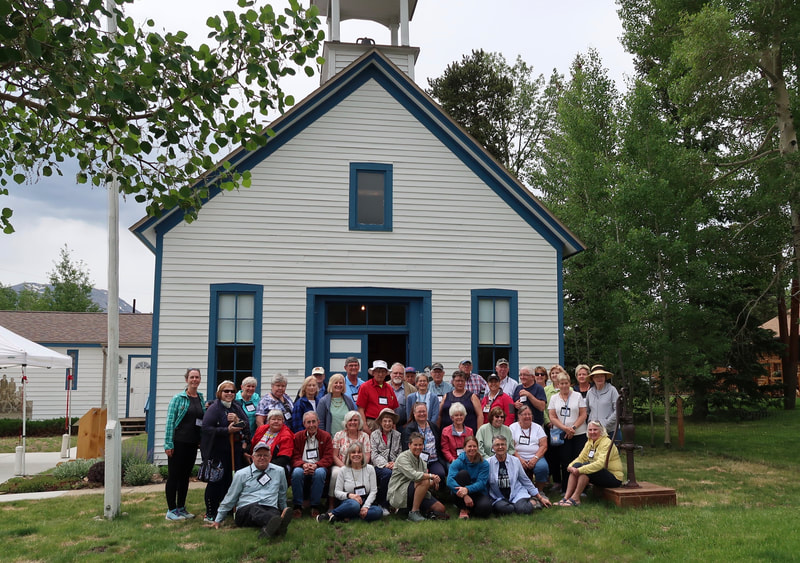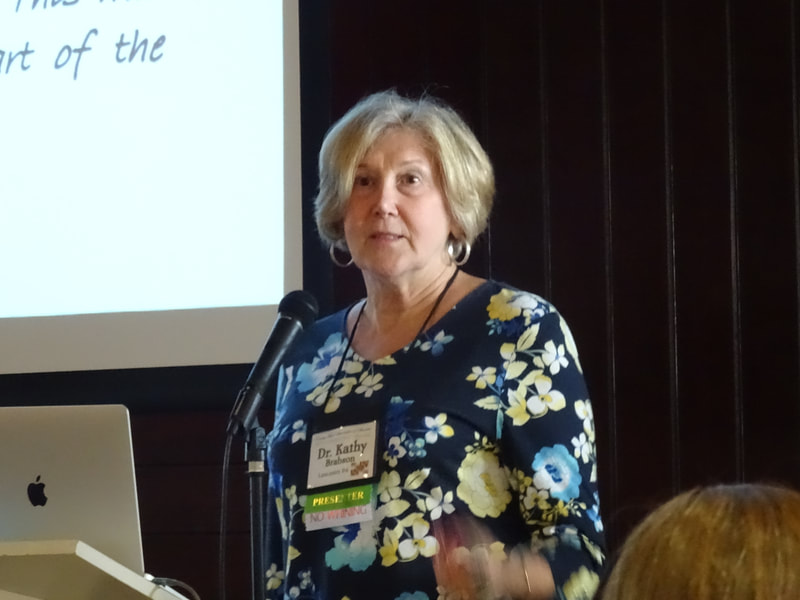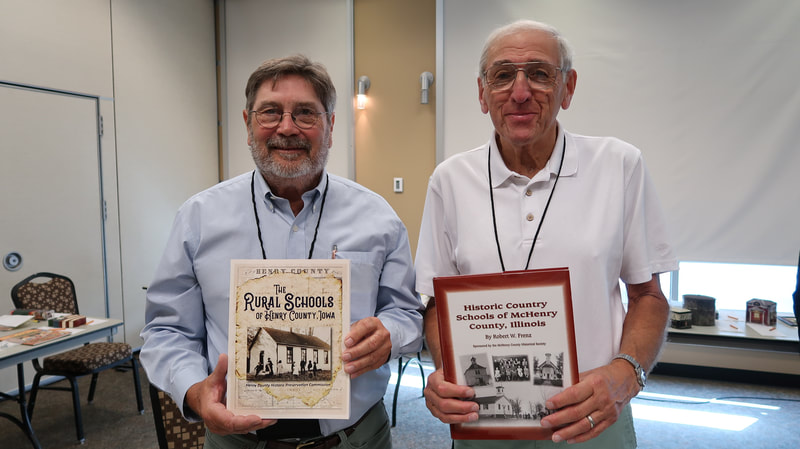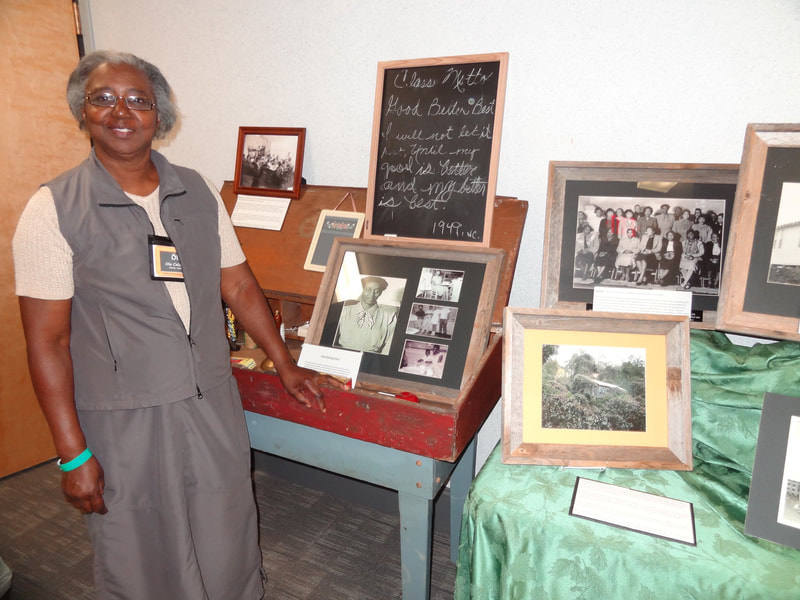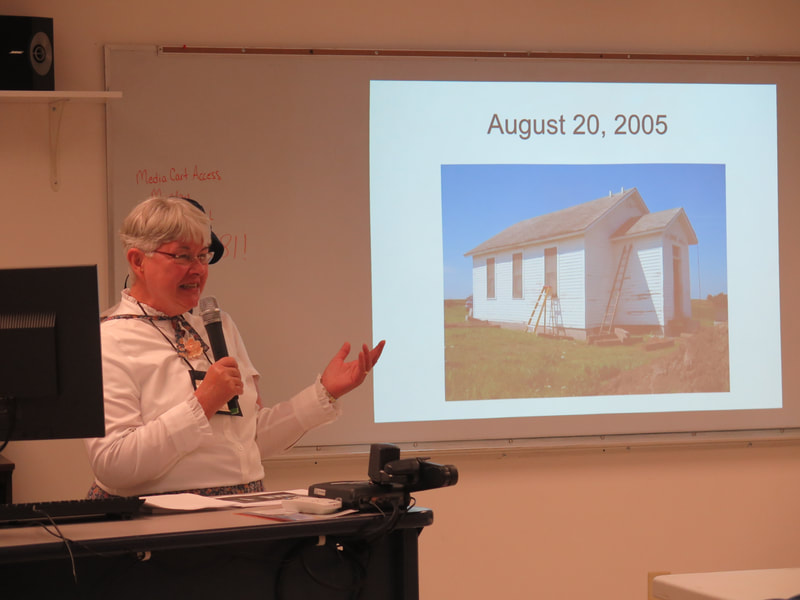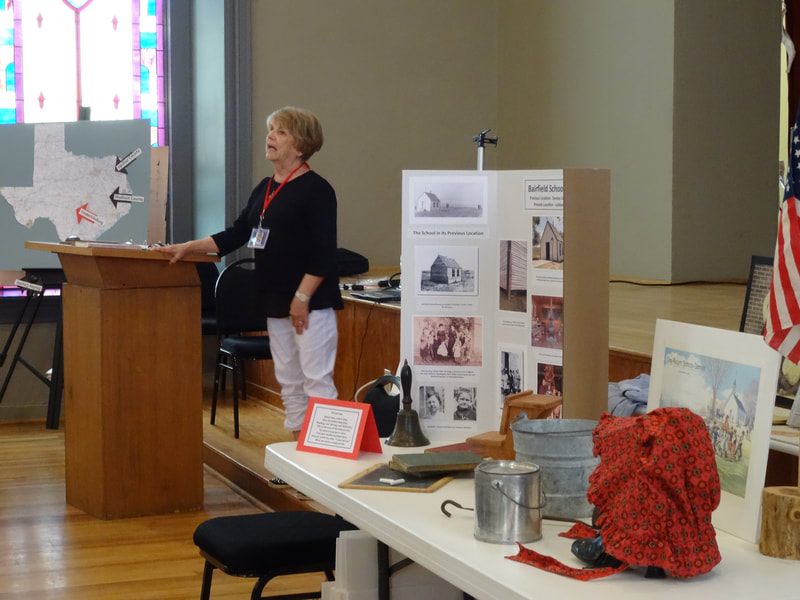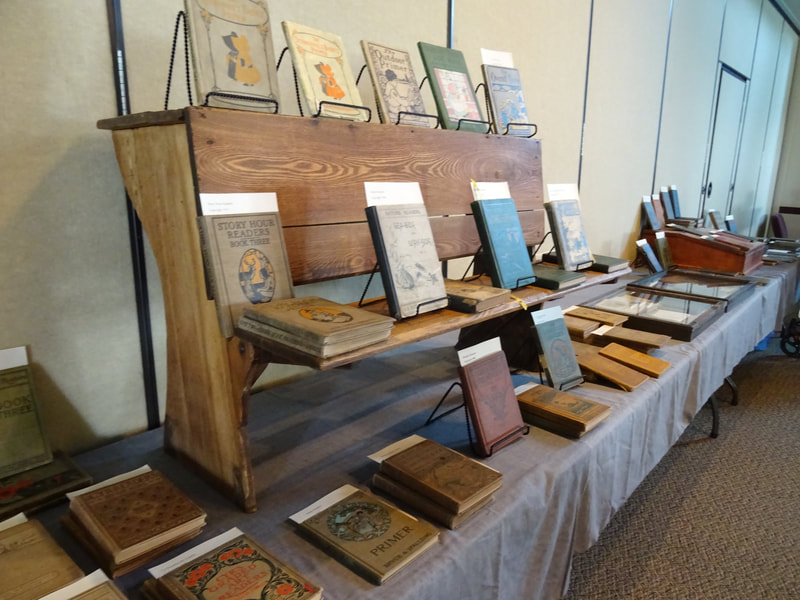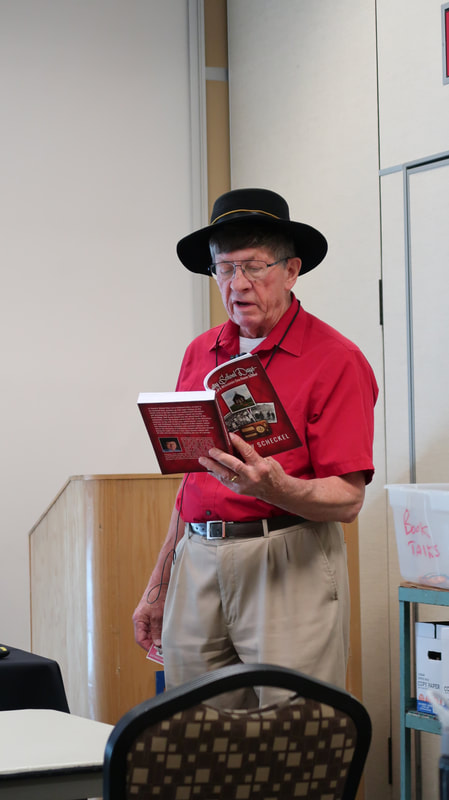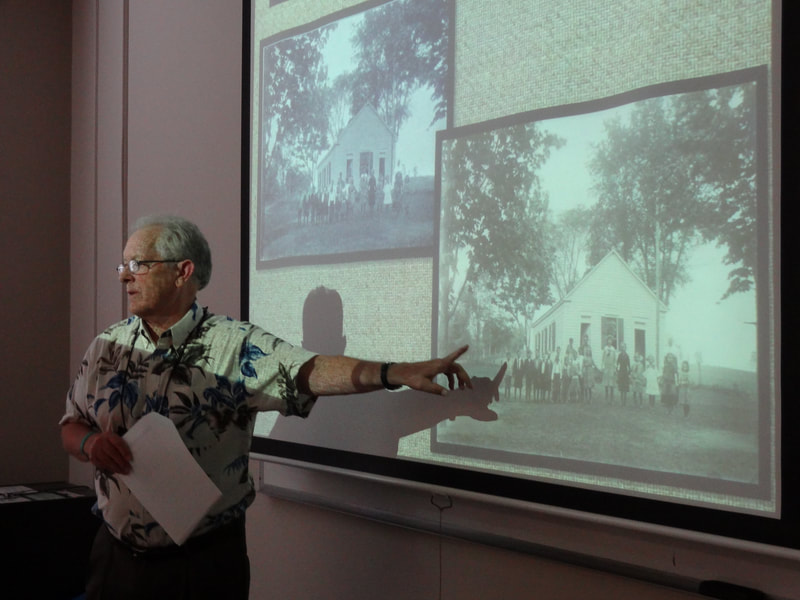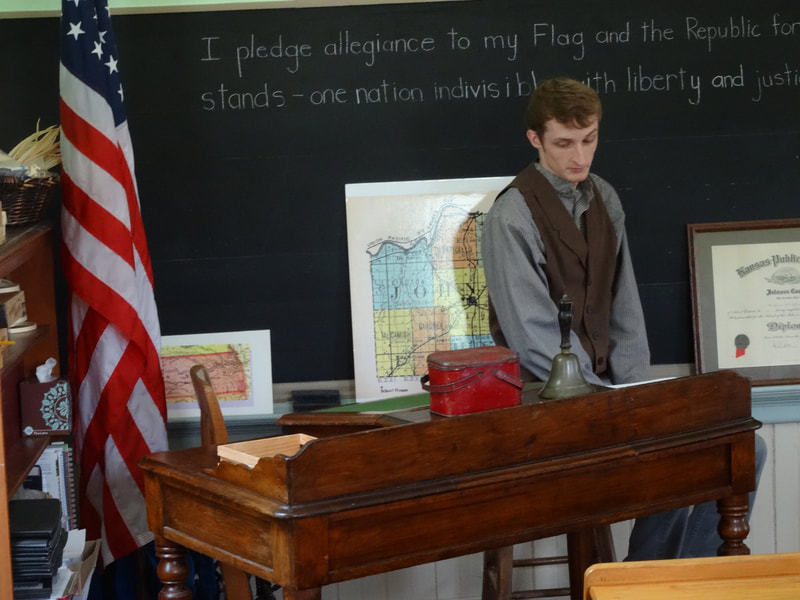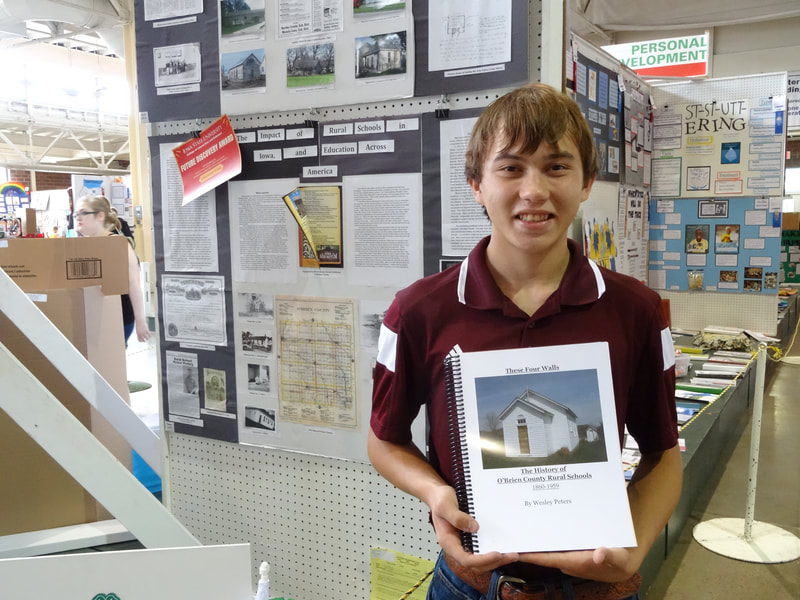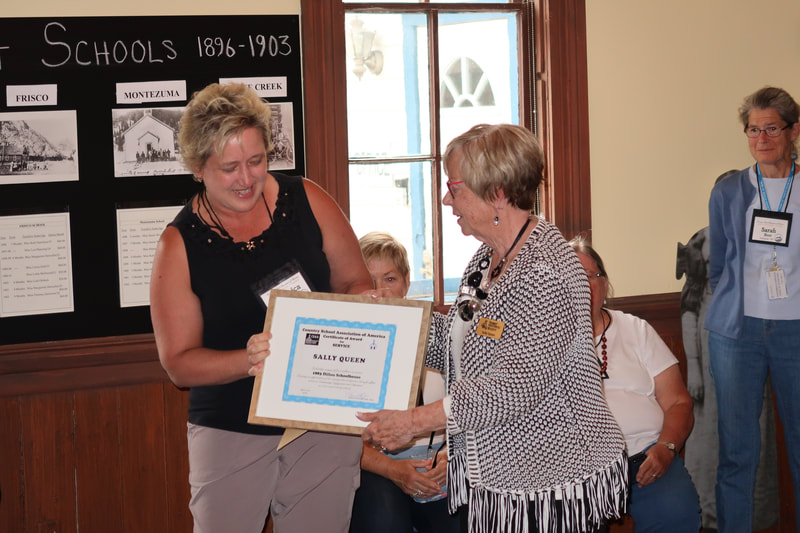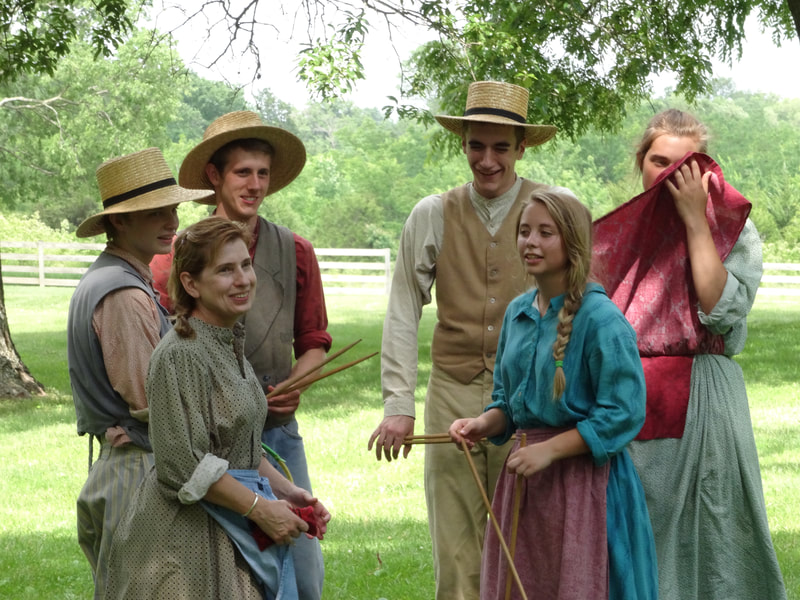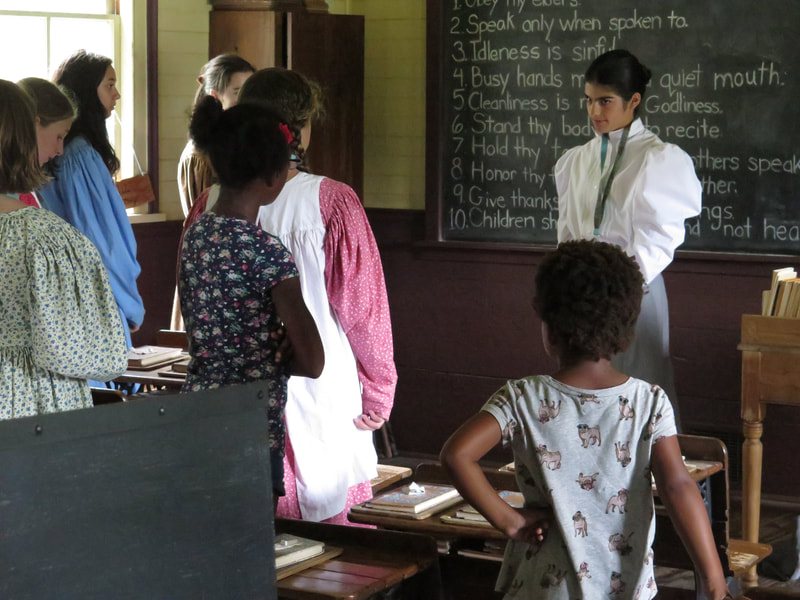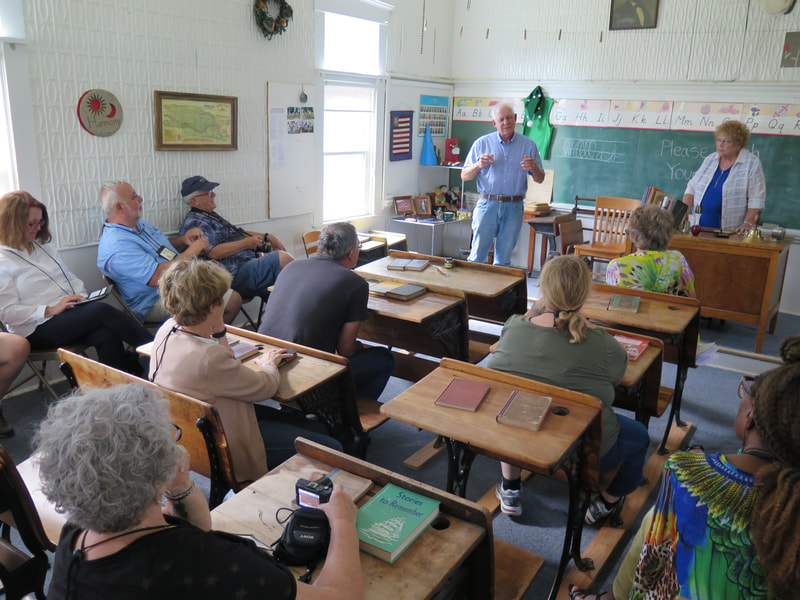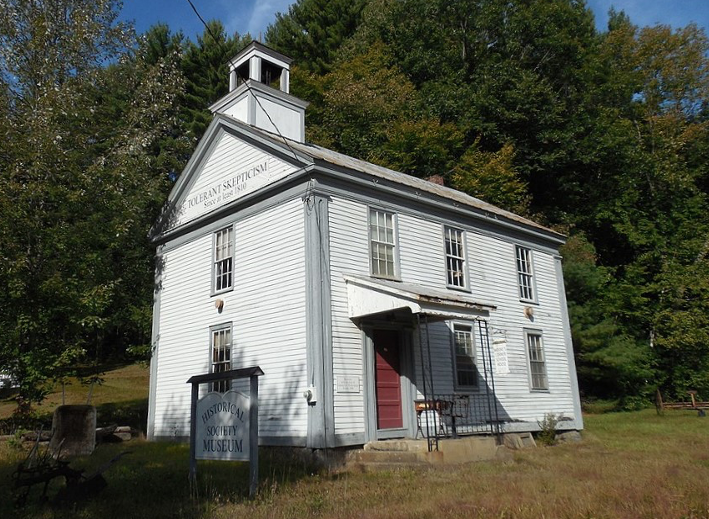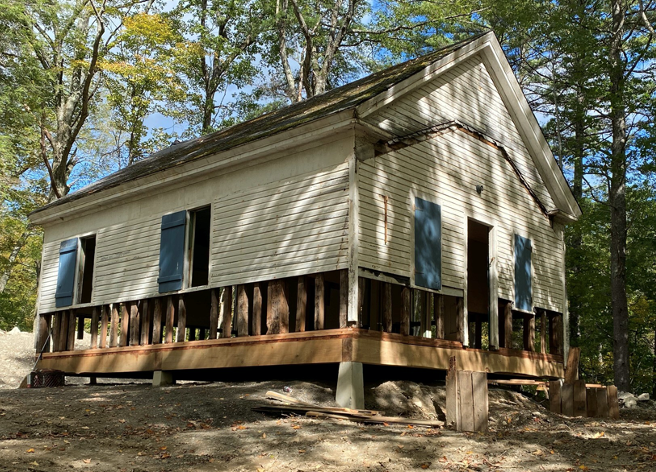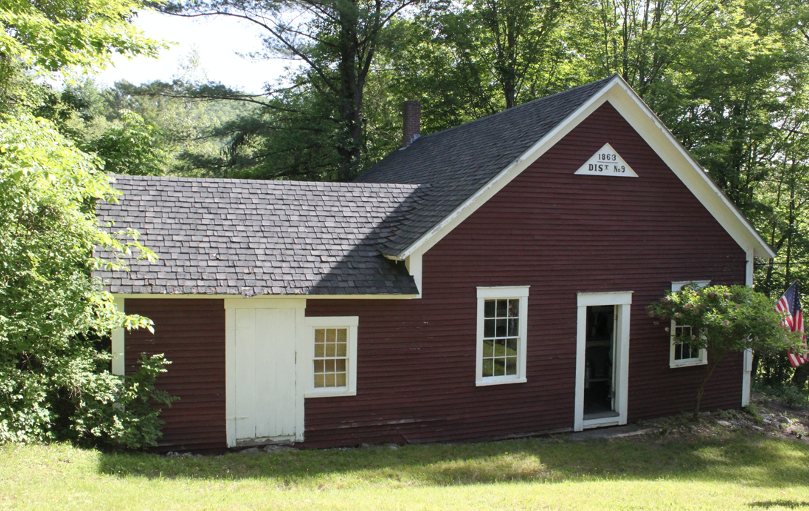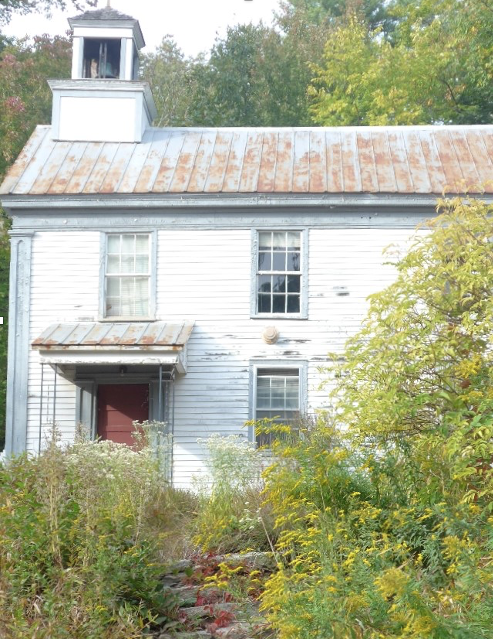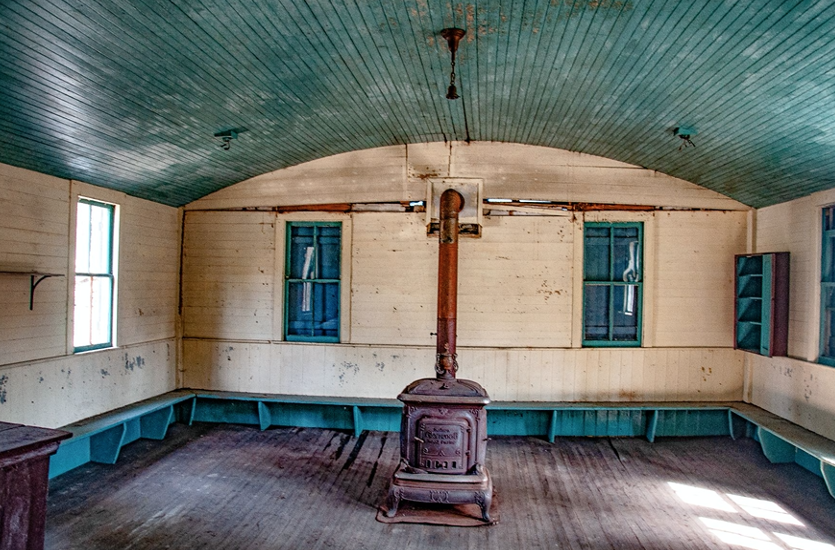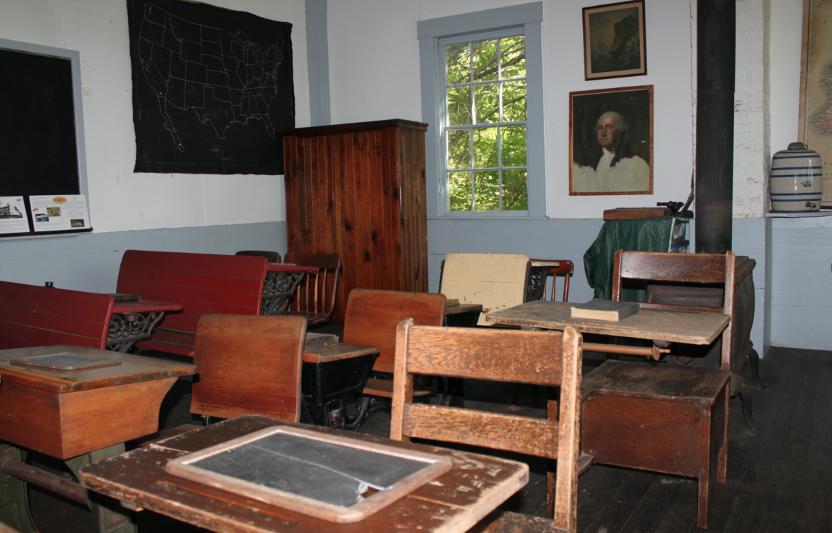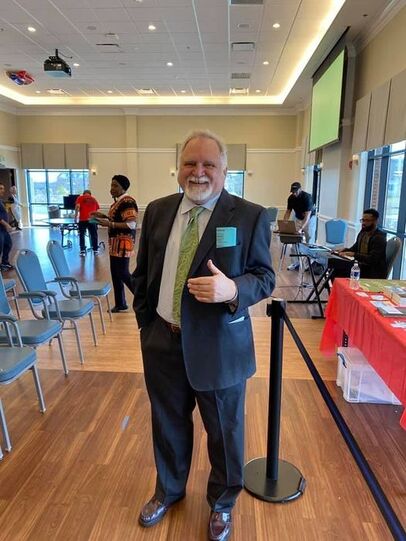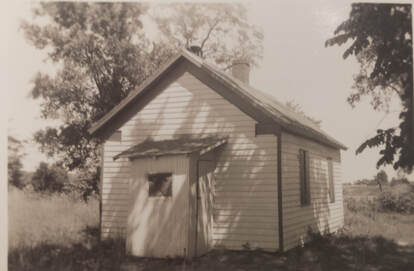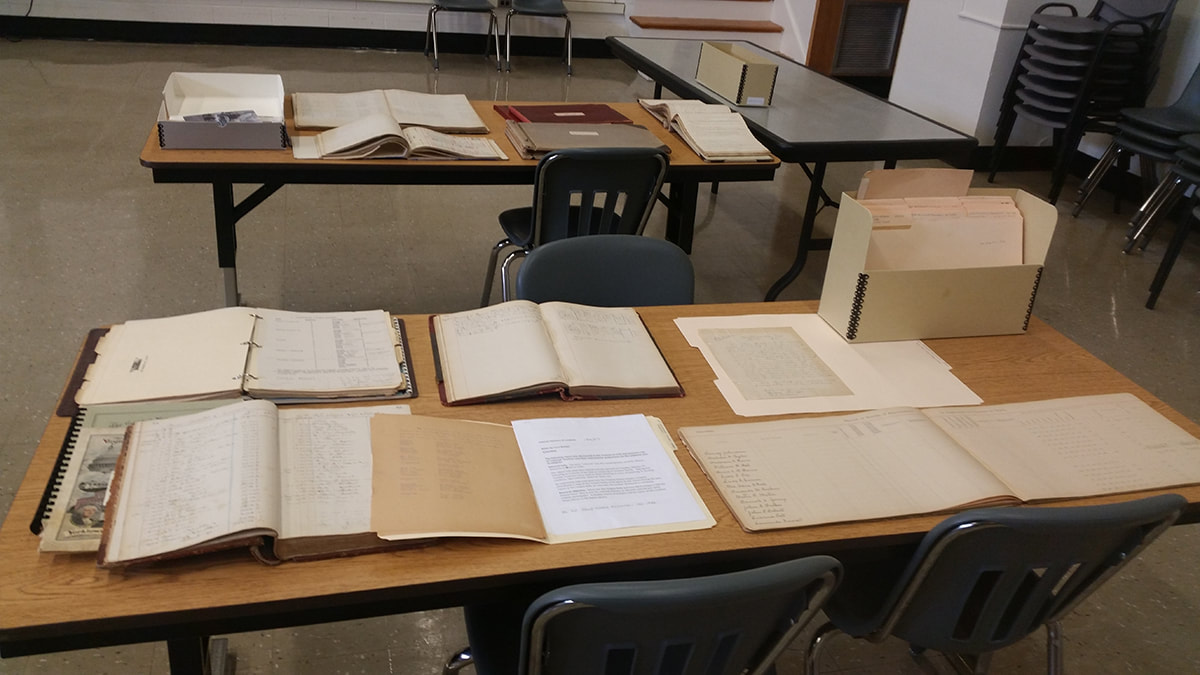|
Call for Proposals Now Open!!
October 31st, 2023 to January 31st, 2024 22nd Annual CSAA Country School Conference June 9-12, 2024-University of Toledo "Great Lakes, Great Schools"
0 Comments
Recognize YOUR Volunteers and Schoolhouse Supporters! Submitted by Joan Prouty Most Country Schools and Museums rely heavily on the donated time and efforts of VOLUNTEERS, often unsung heroes! The Country School Association of America offers several opportunities for those volunteers to be recognized for their outstanding support to your organization and we need your help identifying them. There are 3 Honor Award Categories: The first is our SERVICE AWARD – given to an individual who regularly volunteers at a country school. This person is someone who goes above and beyond; they are there to help whenever needed. The 2nd category is the CRAFTSPERSON AWARD - for a volunteer who uses their craftsmanship skills in the schoolhouse or for artifact preservation or conservation. They have helped to restore, replicate, or refurbish the building or item as near to original as possible using original materials and/or techniques. Our 3rd honor award is for the YOUNG VOLUNTEER PRESERVATIONIST - unlike the prior 2 categories this one has an age restriction. To inspire youth to become involved in history this award is given to someone aged 14-22 who shows a deep interest and participation in early school history by volunteering at a schoolhouse or museum site. The youth must have a minimum of 2 years of service in the school or museum. Each of these Honor recognitions has a monetary award along with other benefits. The complete guidelines and applications for the Honor Awards can be found on the CSAA website. ACCESS LINKS BELOW... All can be done electronically and the Deadline is January 31st of each calendar year. 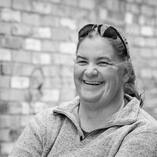 CLICK on Jody's picture to access her website! CLICK on Jody's picture to access her website! Down Memory Lane: Rediscovering America’s One-Room Schoolhouses Through the Lens (VIDEO) On the backroads of the United States, it is still possible to find the remnants of our early country schools. While the majority of them have been lost to the ravages of time, others are still standing. Some are in various states of decay, their stories fading with them; others, have been lovingly moved and restored, allowing their stories to be passed down to those that still walk through their doors; some have been lost forever. Having photographed over 900 one room schoolhouses in 29 different states since 2012, (and more since I made this video in 2021), I am working on a project that shares the history/memories of the school alongside my imagery of the schoolhouses. In the video below I share some of my photos along with stories I have learned from the students/teachers and a short history of the schoolhouse. Biography: Jody Phipps started photographing schoolhouses in 2012 while on a trip to Minnesota to donate a kidney to her cousin. The first schoolhouses she found were completely by luck, but as she started finding more of them, she became curious as to how many were still standing and started compiling a list of locations which now number in the thousands. Today, tens of thousands of miles later, Jody has photographed country schools in varying settings and conditions and has an ever growing list to photograph before they, too, are lost to history. The idea of pairing her photographs with stories about the schools and from the people who attended and taught at them came about while studying at Rocky Mountain School of Photography in 2019. Since then Jody has been working on researching the schools she's photographed, looking for stories from the people who attended and taught at them, and compiling them into a book that she hopes to have published one day. Kudos to our 2023 CSAA Building Grant Recipients
Submitted by Dale & Joan Prouty, Committee Chairs The 2023 CSAA Building Preservation Grants were announced at our annual Country School conference held in Lancaster, Pennsylvania June 11th – 14th. Congratulations to our 2023 recipients! (Click on each photo to enlarge and identify...) 1810 Moores Corner School Just 27 years after the Revolutionary War the Moores Corner School in the small historic New England village of Leverett, Massachusetts was established. The building still survives in quite original condition and retains all of its original six over six pane windows. The Leverett Historical Society’s CSAA Building Preservation Grant will be used in preserving these windows. 1830 Red Rock School About to celebrate its 200th year, the Red Rock School sits into a little hillside on the country road in East Chatham, NY, where it served young scholars for several generations. This one story building fortunately has not been altered and retains a beautiful and unusual vaulted ceiling. The Red Rock Historical Society’s CSAA Building Preservation Grant will be used to restore the original siding that appears in an early school photo. 1863 District #9 South Village School The 160 year old #9 South Village schoolhouse sits on a quaint New England green facing the village Meeting House directly across the way. Recently this historic New Hampshire school was condemned and cannot be used without upgrades. The Sutton Historical Society’s CSAA Building Preservation Grant will help with restoration so the school can be reopened. Many will remember visiting this wonderful school and site during our workshop tour at the 2017 CSAA Conference in New London, New Hampshire. CSAA offers Building Grants for both Preservation and Disaster Relief. Information and applications for these can be found on the CSAA website under “What We Do,” or use the button below. 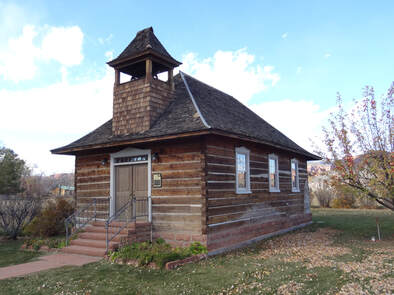 TORREY LOG SCHOOLHOUSE TORREY, UTAH TORREY LOG SCHOOLHOUSE TORREY, UTAH Just for Fun...Puzzling? Here's an idea for all that spare time you're seeking to fill! CSAA board member Joan Prouty has found a mind-bending jigsaw APP that will test your skills and sharpen your memory! As a way of highlighting our nation's country schools we will periodically post a SCHOOLHOUSE PHOTO JIGSAW that you manipulate right on screen to reveal one of our educational treasures! It is a very clever interactive APP that lets you know how long it is taking you to assemble the puzzle. We can also choose how many pieces the puzzle should contain. All you have to do it drag and drop the compatible pieces to the center of the screen and they will snap together automatically before your eyes! Today's puzzle is the Torrey Log Schoolhouse in Torrey, Utah. According to the HISTORICAL MARKER DATABASE: " The Torrey Log Church–Schoolhouse was built in Torrey, Utah in 1898 as a LDS meetinghouse and schoolhouse. The one story log structure served as the school until 1917, and as a meetinghouse until 1928. The building continued to be used as a meeting place for the local Daughters of Utah Pioneers chapter until the 1970s. After an abortive project in the 1980s to renovate the building as an information station, the building was given to the DUP on the condition that it be moved off the LDS church property. It was moved in 1991 to a temporary location, with the intention of constructing a foundation and basement. It has since been fully restored.
ACCESS JIGSAW PUZZLE LINK BELOW! (works best on desktop computer...) YouTube Video about the Torrey Log Schoolhouse provided (no interior footage.) 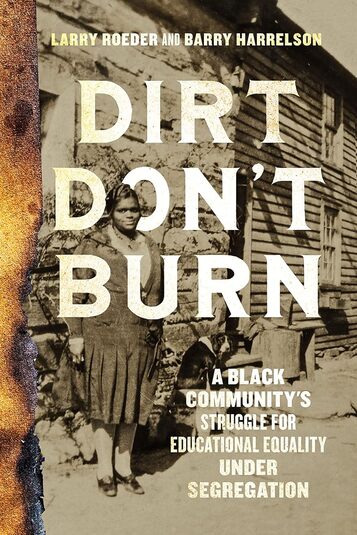 Inspiring true story of a Black community sheds new light on the history of segregation and inequity in American education... If you have attended CSAA Annual Country School Conferences in the past few years you will recall presentations by CSAA member Larry Roeder where he told the story of the *Edwin Washington Project, a monumental effort to catalogue the records of black schools in Loudon County. In addition to this on-going work, Roeder is pleased to announce the publication of his new book, Dirt Don't Burn, published by Georgetown University Press and available online through Amazon. Larry Roeder is proud of his decades of work on minority rights, and his new book is evidence of his passionate work in that arena. Dirt Don't Burn by Larry Roeder and Barry Harrelson is about the struggle of Blacks for equal education in a rural, agricultural county through a series of one-room school houses mostly. According to the author, "Our project and the book discusses the wide range of segregated education and puts Blacks in Loudoun County within the context of Virginia and Nation. We definitely explore the inequity of resources provided white vs. black schoolhouses and transportation, health care, etc." The system of educational apartheid that existed in the United States until the Brown v. Board of Education decision and its aftermath has affected every aspect of life for Black Americans. Dirt Don't Burn is the riveting narrative of an extraordinary community that overcame the cultural and legal hurdles of systematic racism. Dirt Don't Burn describes how Loudoun County, Virginia, which once denied educational opportunity to Black Americans, gradually increased the equality of education for all children in the area. The book includes powerful stories of the largely unknown individuals and organizations that brought change to enduring habits of exclusion and prejudice toward African Americans. Dirt Don't Burn sheds new light on the history of segregation and inequity in American history. It provides new historical details and insights into African American experiences based on original research through thousands of previously lost records, archival NAACP files, and records of educational philanthropies. This book will appeal to readers interested in American history, African American history, and regional history as well as educational policy and social justice. For country school enthusiasts, it is the story of the role played by county schools. Note: *Edwin Washington was the first African American youth whom we can document as having asked for and obtained schooling in Loudoun, though many other anonymous pupils and parents predated him. The Edwin Washington Archives (EWA) is the name given by the Edwin Washington Project (EWP) to boxes of records covering education in Loudoun County between the 1830s and 1968, when integration arrived. The records were lost for decades and then found by the staff of the Loudoun County Public Schools (LCPS) in the Training Center, then a largely abandoned, non-electrified, unheated “Colored” schoolhouse in Leesburg, Virginia. The archives cover both white and Black schools, as well as topics that transcend race. |
Our early public schools systems were indeed disparate, but a common thread among early districts was that children of all ages were taught together in the one-room schoolhouse" Blog Archives
July 2024
|

